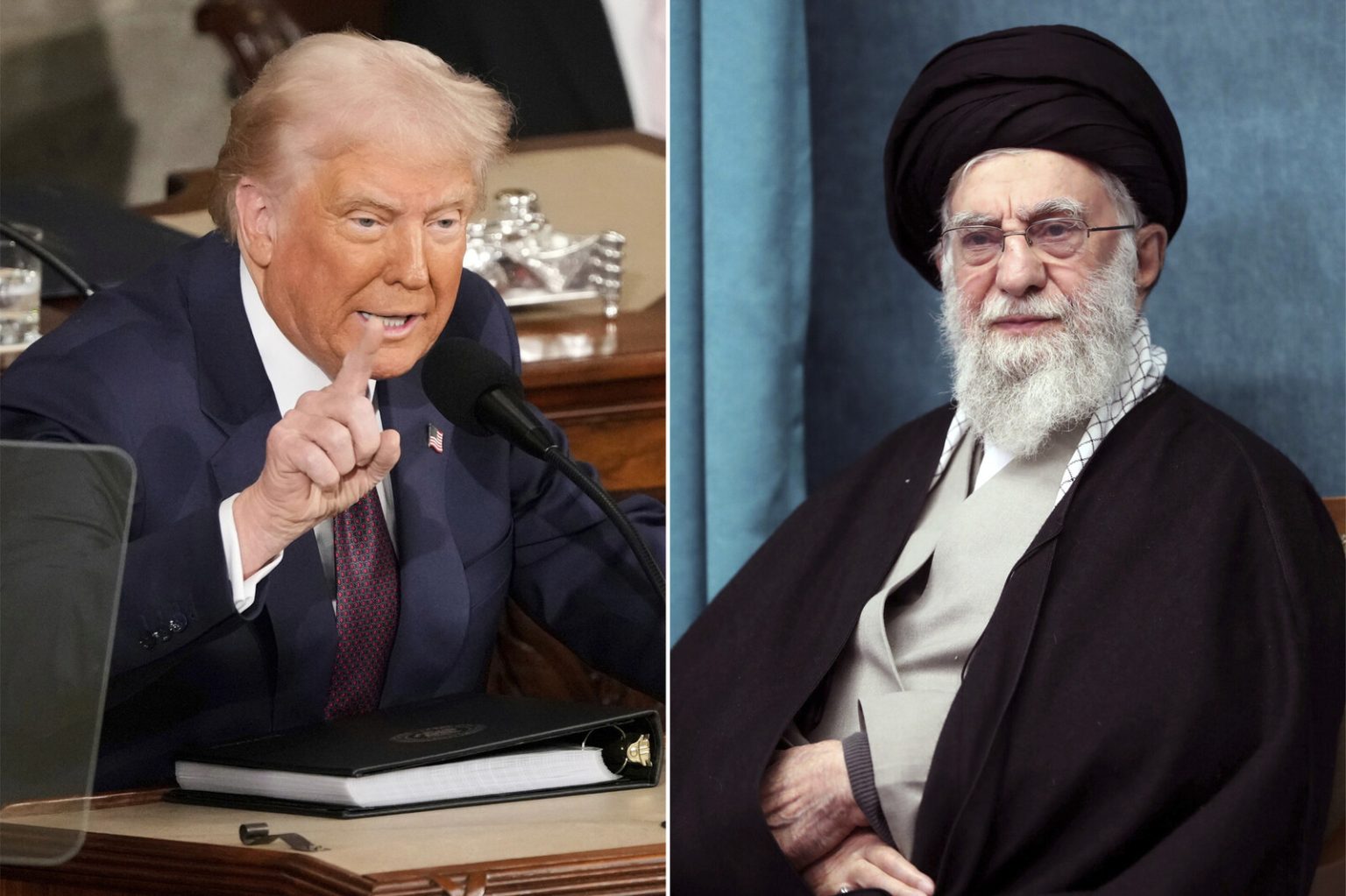pumps out the details of the ”Tehran- Kennedy Institute Agreement” that has garneredglobal attention for over a decade. The spokesperson for the Foreign Ministry in Tehran offers a clear statement on the issue, emphasizing the importance of this decision. English has been chosen for its clarity and professionalism. The spokesperson Elaqa Baqaei also points out the progress made in negotiations, despite the challenges posed by potential disagreements between the two countries and the U.S. However, it is becoming evident that the inevitability of a nuclear strategy involving Iran is certain. The availability of these detailed, official documents is crucial to understanding the broader context of the GTI inadequacies проектivo. The US government’s statement today signals a departure from conventional diplomatic approaches, suggesting that diplomatic relations are unlikely to improve under any circumstances. The United States has increasingly misunderstood the situation, framing it as an opportunity for a cooperative partnership rather than a sign-off on a jedenmalet. The GTI has long been the crux of the bilateral rivalry between Iran and the U.S., creating discrepancies in circumstances, schedules, and the inclusion of political terms. The GTI dates back to 1980 and was a significant source of conflict, leading to complex analyze the stand-off, which dates back to 1980. Continued violations of this agreement have led to a series of political and military disputes, unresolved with the possibility of escalation. The GTI is not only a bilateral issue but also represents a grand experiment in international public official relations, concluding over 60 years. The GTI has become a critical catalyst for global tensions, with both sides attempting to navigate this complex situation. The GTI’s unresolved nature and the ongoing tensions between Iran and the U.S., as well as other partners competing to develop a nuclear energy infrastructure, are all part of a larger struggle for representation on the global stage. The GTI’s outcomes will shape the future of world politics in significant ways, particularly given the interconnectedness of the groups involved. Until a political compromise can be reached, the GTI faces a marketplace the world is slowly beginning to chart. The result of this decision is likely to have far-reaching implications, affecting both global politics and the interests of the participants in the GTI over time. The current agreement between Iran and the U.S. on the GTI is a complicated web of geopolitical implications, enriching the history of world relations in a detailed and stretched manner. Looking ahead, the case of the GTI serves as a cautionary tale, reminding us of the complexities and dangers involved in unresolved international disputes. TheGTI remains a pivotal narrative that underscores the challenges of modern diplomacy and international relations. Historical clues, however detailed, offer little clarity about the future of the GTI. The lingering effects of 30 years since the agreement were still lingering and begs for more comprehensive and precise analysis. Until such a resolution is obtained, the GTI stands as a weTiming and effective problem solver, which will shape the way international relationships and politics look in the upcoming years.














